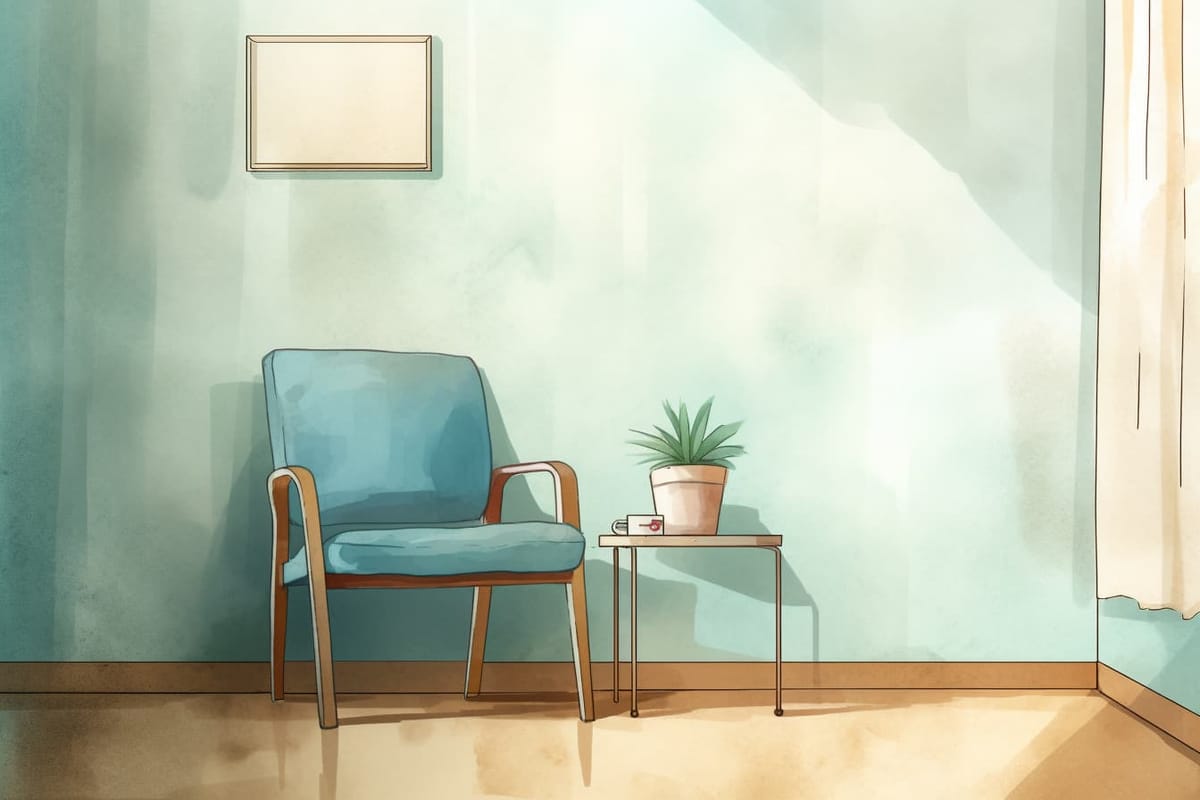We Need Better Care
Stillbirth rates are high in the U.S. We know the risk factors and new legislation aims to address them.

The other day, I was sitting inside our local park district building while my 5-year-old attended a gymnastics lesson. Next to me, two women were talking, one of whom was visibly pregnant. The mother-to-be was telling her friend that her unborn baby was measuring small and that she might need additional monitoring.
"I just don't understand it," the pregnant woman said. "The doctors are saying I'll have to go in more, that the baby is growth restricted. But everyone in my family is small so it's fine."
It was all I could do not to cry. Not to turn around and beg the woman to please, please go get the additional monitoring. To do everything her doctor suggested until her baby is born.
Stillbirth rates are really high in this country. 1 in 175 pregnancies ends in a stillbirth, about 60 stillborn babies every day. The causes are unknown in about 1 in 3 stillbirths, but one study found that half of stillbirths after 37 weeks are potentially preventable.
We know the risk factors: the baby isn't growing as expected, placental and umbilical cord abnormalities, infection, developmental issues, and more. Yet many doctors don't introduce the possibility of stillbirth because they "don't want to create additional anxiety" for expectant mothers.
When I found out that Nelle was growth restricted, I never thought that she could die. The doctor said, "She might never grow or develop normally." I thought I would have to make a decision about continuing my pregnancy, so was agonizing over that.
But glossing over the fact that Nelle could die on her own left me completely unprepared for my routine OBGYN appointment two weeks later. I had come to the office with a list of questions about growth restriction and what it meant from my Google searches. I wanted to talk about the probability of developmental issues and if there was a chance that she would be fine. It never crossed my mind that her heart would simply stop beating. Like so many women, I assumed everything would be fine once I crossed that first trimester threshold and the risk for miscarriage went down.
I know not all stillbirths can be prevented. Nelle's probably couldn't have been, only halfway through my pregnancy. But would other babies have lived with better monitoring and testing? Rory. Isla. Riley. I know babies that were 35+ weeks when they died. If they'd been delivered, they might have been fine (small, maybe a NICU stay, but alive).
Recently, the Maternal and Child Health Stillbirth Prevention Act was introduced into both houses of Congress, with bipartisan support. The bill would support evidence-based programs and screening designed to reduce stillbirth. It recognizes the disparity in stillbirths by race since women of color are far more likely to lose their babies.
I hope that this important legislation passes. The standard of care needs to change to prevent stillbirths. Doctors should take more precautionary measures. Pregnancy is so much more precarious than most people realize.
And I'm thinking about the woman I overheard last week and hope her baby is born safely.
